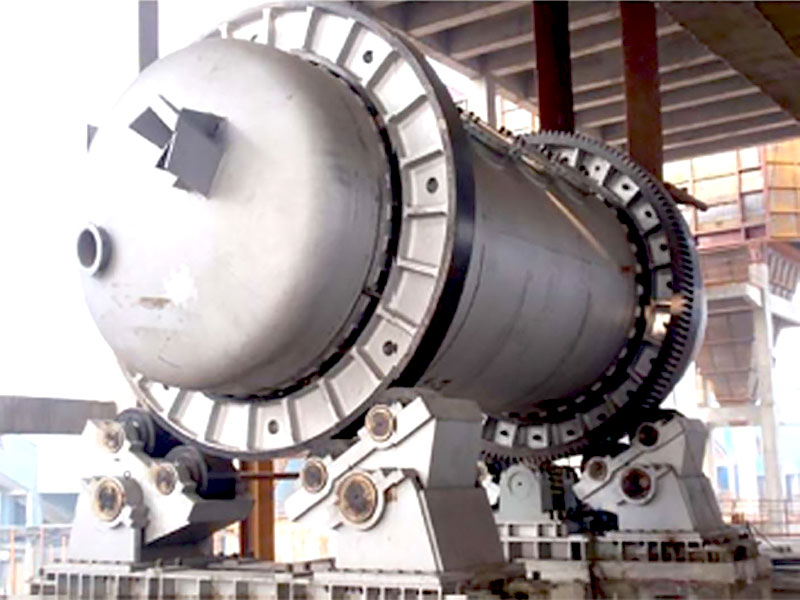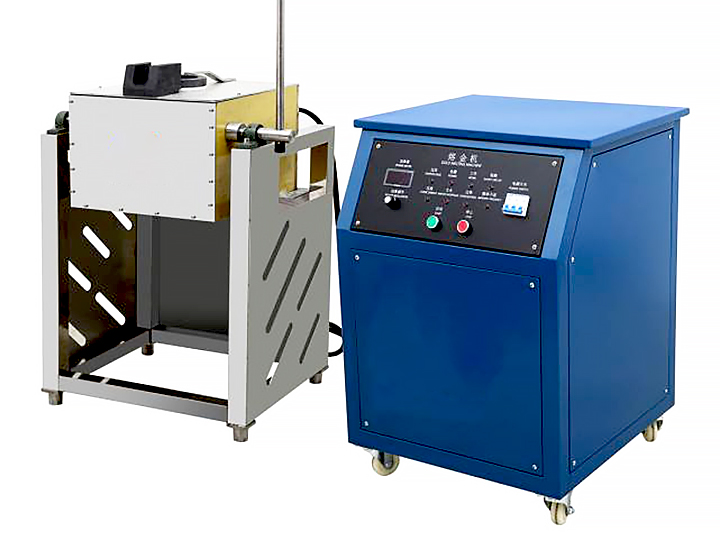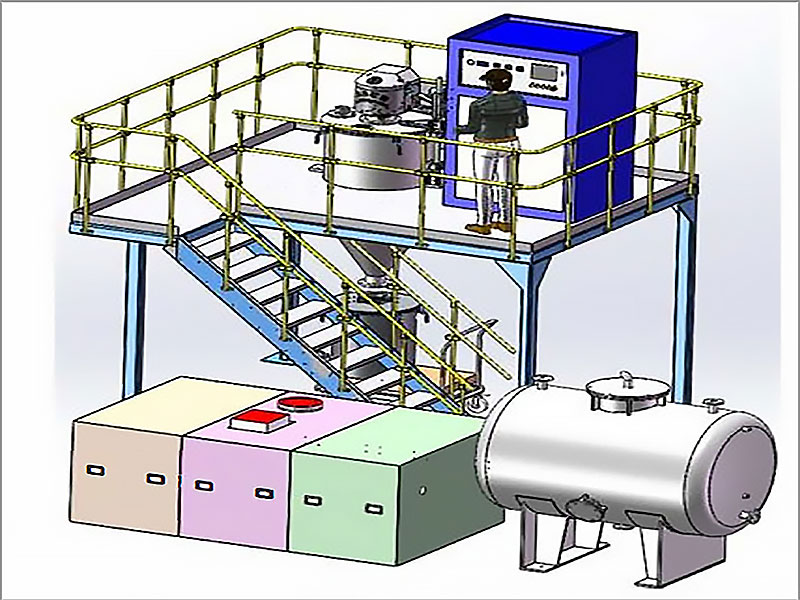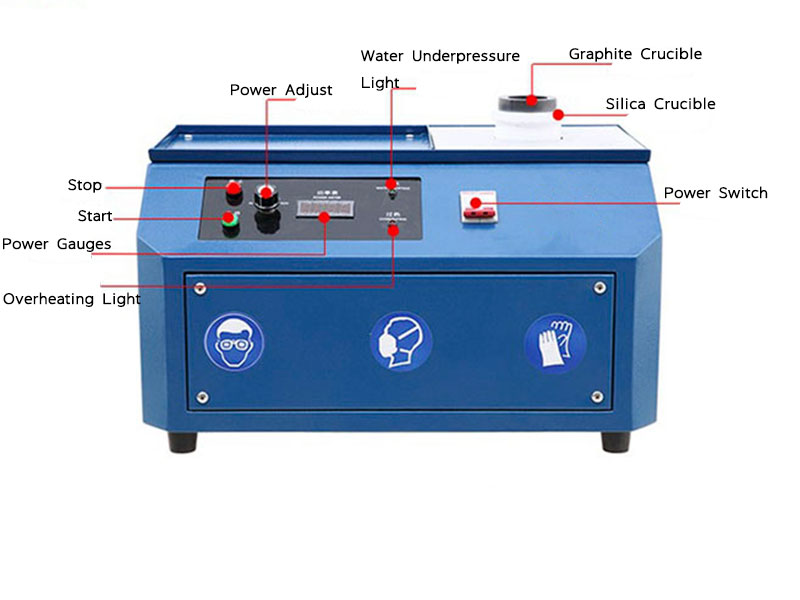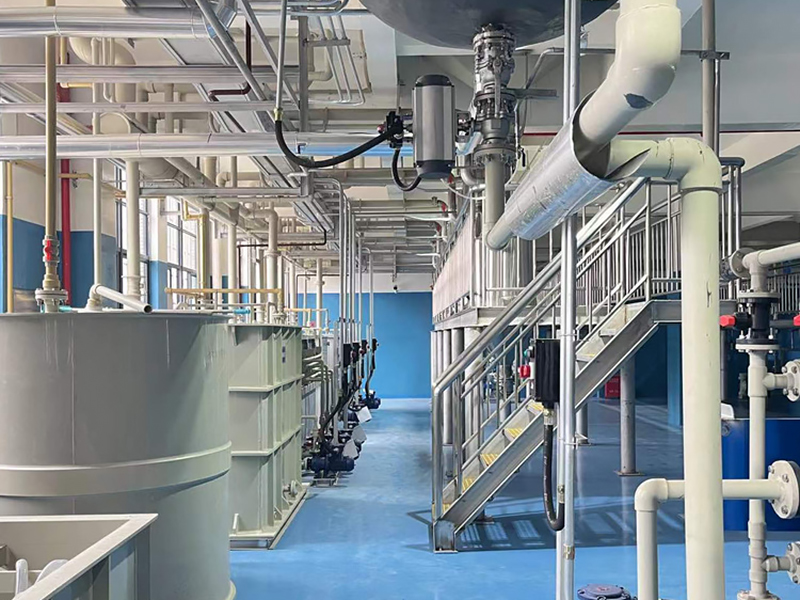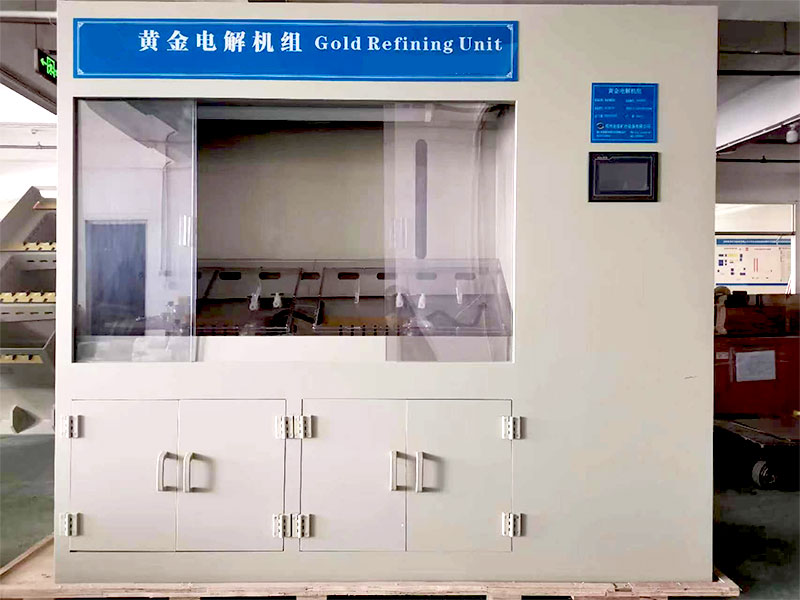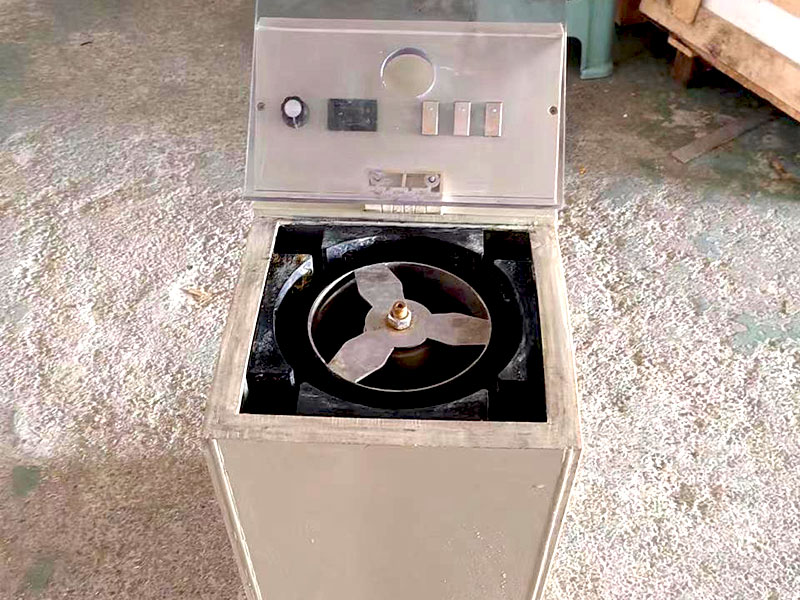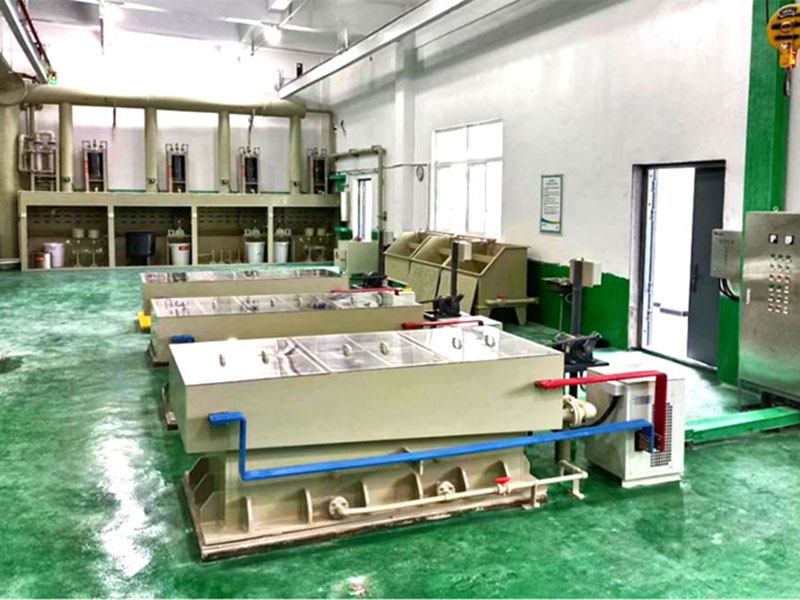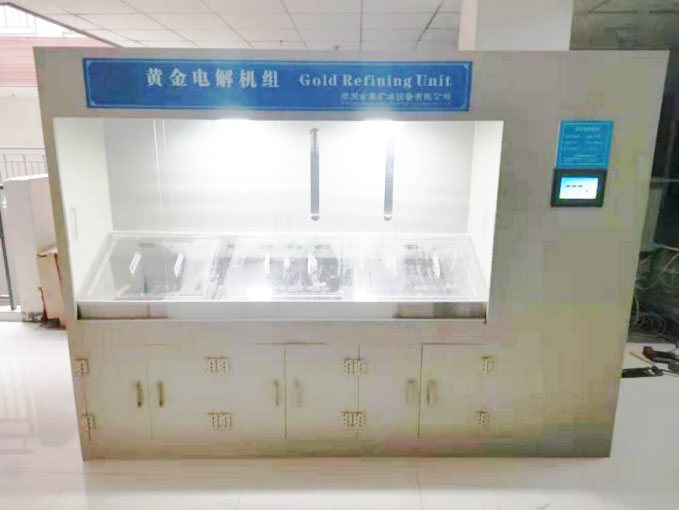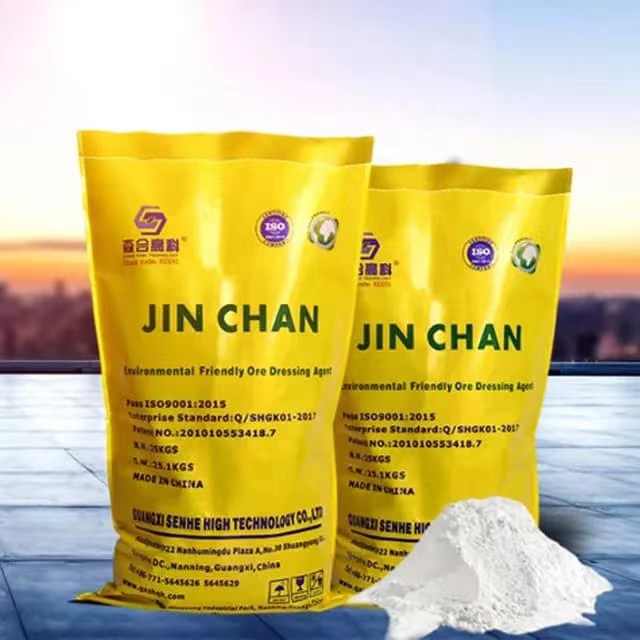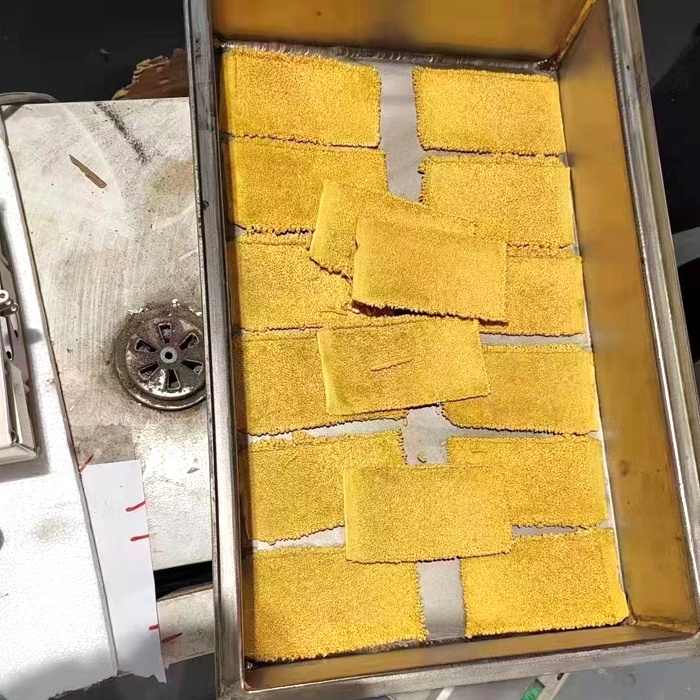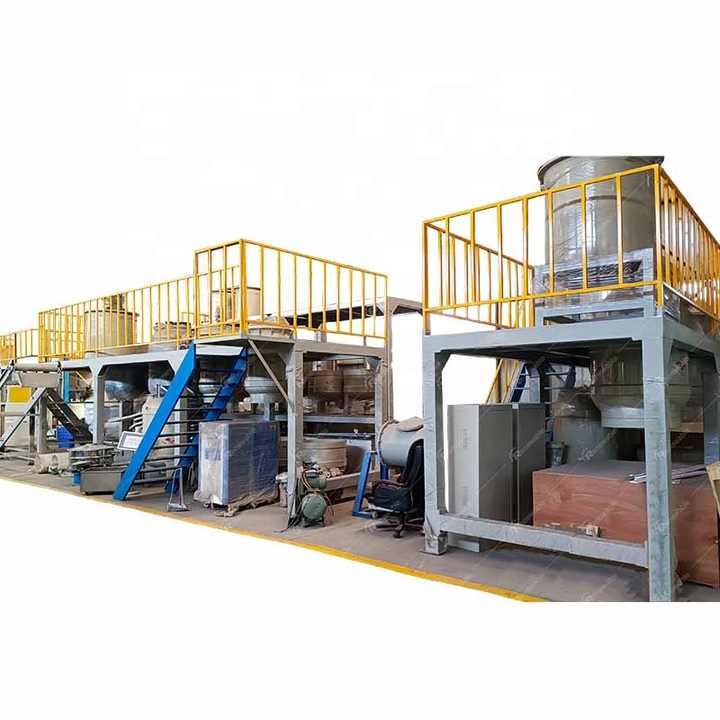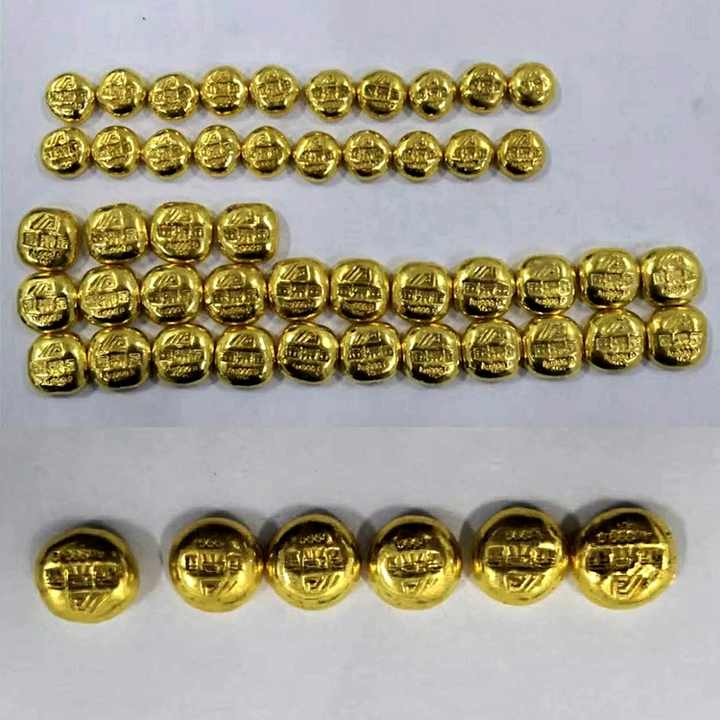gold refining plant
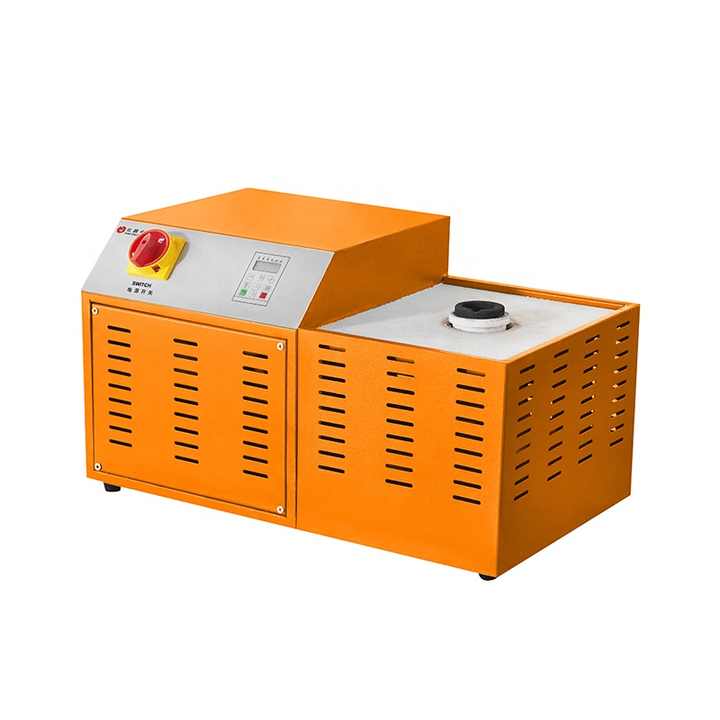
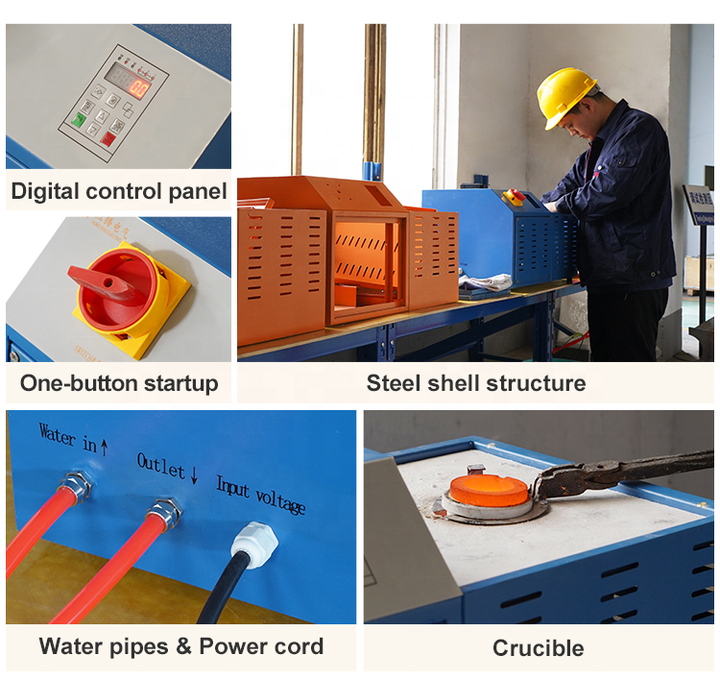
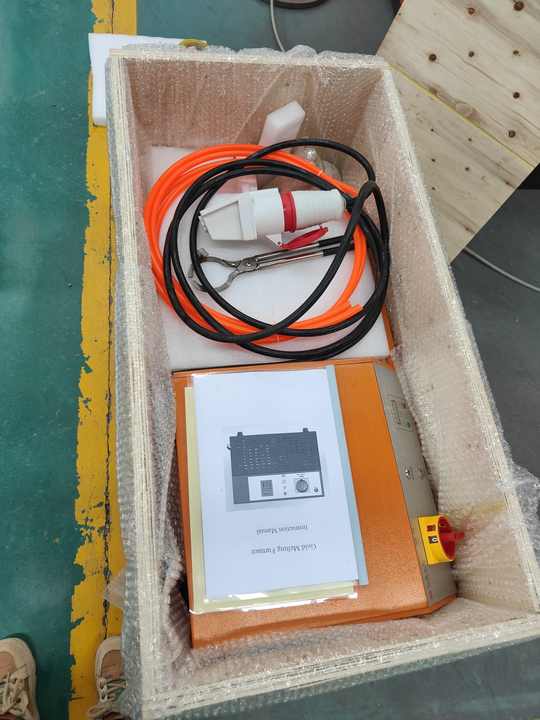
Gold refining plants are specialized facilities where raw gold is processed and purified to produce high-quality, pure gold. These plants play a critical role in the gold supply chain, transforming gold ore, scrap, and unrefined gold into a valuable commodity used in various industries, from jewelry to electronics. This article provides an in-depth look at the different aspects of a gold refining plant, including its processes, equipment, and environmental considerations.
The Purpose and Function of a Gold Refining Plant
A gold refining plant is designed to extract impurities from raw gold and refine it to achieve the highest possible purity levels, often 99.5% to 99.99%. The refined gold is then cast into bars, ingots, or coins that meet international standards of quality and purity. These facilities are essential for ensuring that the gold used in global markets is of the highest quality, making them a cornerstone of the precious metals industry.
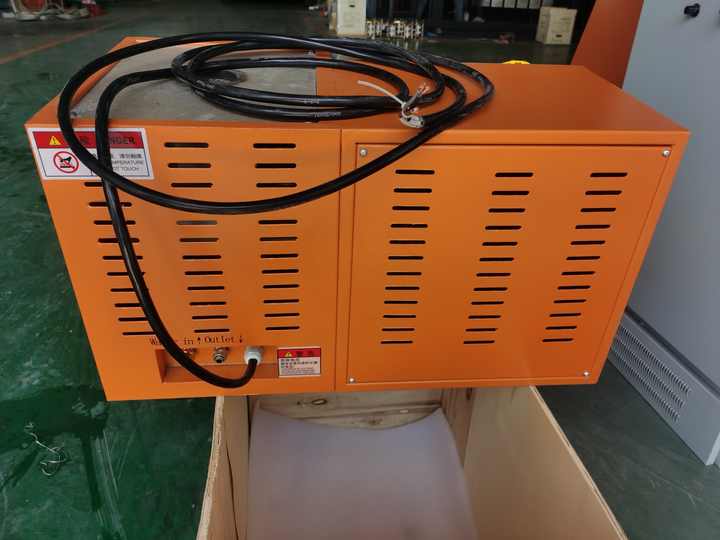
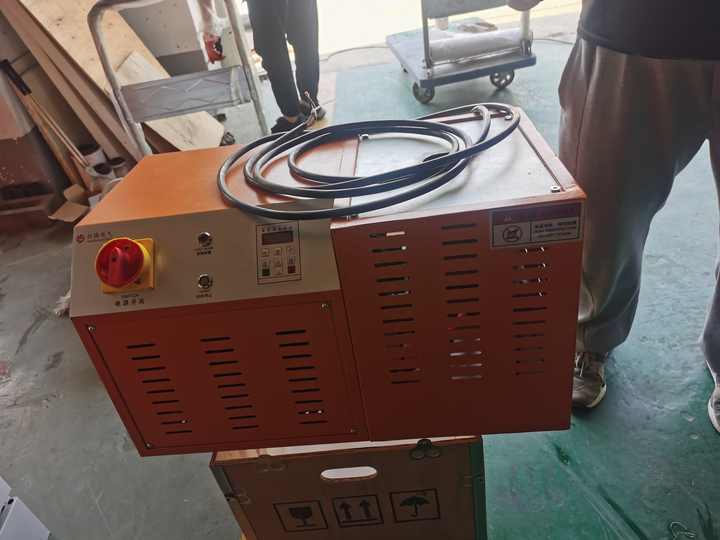
Key Processes in a Gold Refining Plant
The refining process at a gold refining plant involves several stages, each designed to remove different types of impurities from the raw gold. The key processes include:
- Melting and Assaying: The first step in refining is to melt the raw gold and perform an assay to determine its purity. This step is crucial for selecting the appropriate refining method and estimating the yield of pure gold.
- Chemical Refining: Depending on the impurities present, various chemical processes may be used to purify the gold. These can include the Miller process, which uses chlorine gas, or the aqua regia process, which involves a mixture of hydrochloric and nitric acids. The choice of process depends on factors like the initial purity of the gold and the desired final purity.
- Electrolytic Refining: For achieving higher purity levels, electrolytic refining is often employed. In this process, impure gold is made the anode in an electrolytic cell, while pure gold is deposited on the cathode. This method is particularly effective for producing gold with a purity of 99.99%.
- Casting and Forming: Once the gold is refined, it is cast into bars, ingots, or other forms. This stage involves precise control of temperature and cooling rates to ensure the final product meets specific standards.
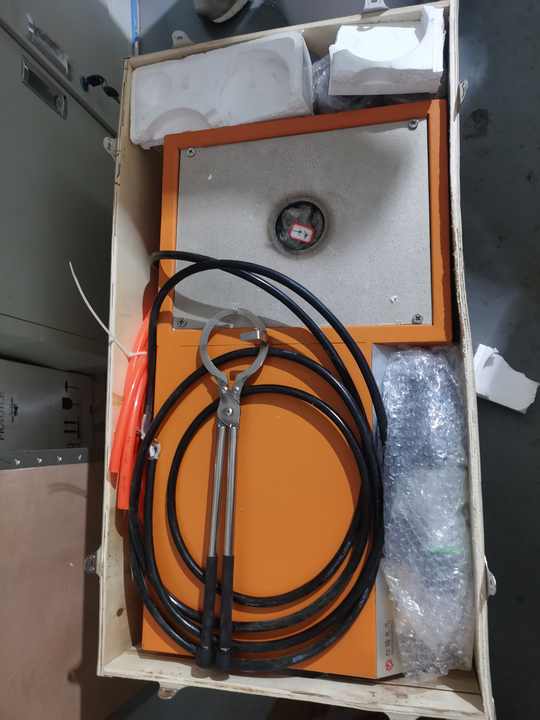
Essential Equipment in a Gold Refining Plant
The efficiency and effectiveness of a gold refining plant are heavily dependent on the quality and reliability of the equipment used. Key pieces of equipment include:
- Furnaces: Furnaces are used to melt raw gold and are essential for both the initial melting and subsequent refining processes. These furnaces must be capable of reaching the high temperatures required to melt gold and separate it from impurities.
- Chlorine Gas Generators: In plants using the Miller process, chlorine gas generators are essential for introducing chlorine gas into the molten gold to remove impurities. The quality of these generators directly impacts the efficiency of the refining process.
- Electrolytic Cells: For plants that use electrolytic refining, electrolytic cells are critical. These cells must be carefully maintained and calibrated to ensure that the electrolysis process occurs correctly, resulting in high-purity gold.
- Chemical Handling Systems: In processes like aqua regia refining, handling corrosive chemicals safely is paramount. Plants are equipped with chemical-resistant containers, fume hoods, and waste management systems to ensure safe and efficient operation.
Environmental and Safety Considerations in a Gold Refining Plant
Operating a gold refining plant involves handling hazardous materials and generating waste products that can impact the environment. As such, modern refining plants are designed with environmental and safety considerations in mind.
- Waste Management: Refining processes can generate hazardous waste, including spent chemicals and byproducts. A well-designed plant will have systems in place for the safe disposal or recycling of these materials, minimizing environmental impact.
- Fume and Emission Control: Refining gold can produce harmful fumes and emissions, particularly when using chemicals like chlorine gas or aqua regia. Plants are equipped with advanced ventilation and filtration systems to capture and neutralize these emissions, protecting workers and the environment.
- Worker Safety: The refining process involves high temperatures and the use of toxic chemicals, making worker safety a top priority. Plants are equipped with safety features such as temperature controls, emergency shut-offs, and personal protective equipment (PPE) to ensure a safe working environment.
The Future of Gold Refining Plants: Innovations and Sustainability
The gold refining industry is continuously evolving, with new technologies and processes being developed to improve efficiency, reduce environmental impact, and enhance safety. Some of the emerging trends in gold refining plants include:
- Automation and Digitalization: Modern refining plants are increasingly adopting automation and digital technologies to improve process control, reduce human error, and enhance efficiency. Automated systems can handle complex tasks such as monitoring chemical reactions and adjusting process parameters in real time.
- Green Refining Technologies: There is a growing focus on developing environmentally friendly refining technologies that reduce the use of hazardous chemicals and minimize waste. These technologies include alternative chemical processes and closed-loop systems that recycle and reuse chemicals.
- Sustainability Initiatives: Many gold refining plants are adopting sustainability initiatives to reduce their carbon footprint and contribute to the circular economy. These initiatives can include energy-efficient equipment, renewable energy sources, and partnerships with responsible mining operations.
A gold refining plant is a vital part of the precious metals industry, transforming raw gold into a pure and valuable commodity. With advanced equipment, stringent environmental and safety measures, and a focus on innovation, these plants ensure that the gold used in various industries meets the highest standards of quality and purity. As the industry evolves, gold refining plants will continue to play a crucial role in the global gold supply chain, contributing to sustainable and responsible gold production.

